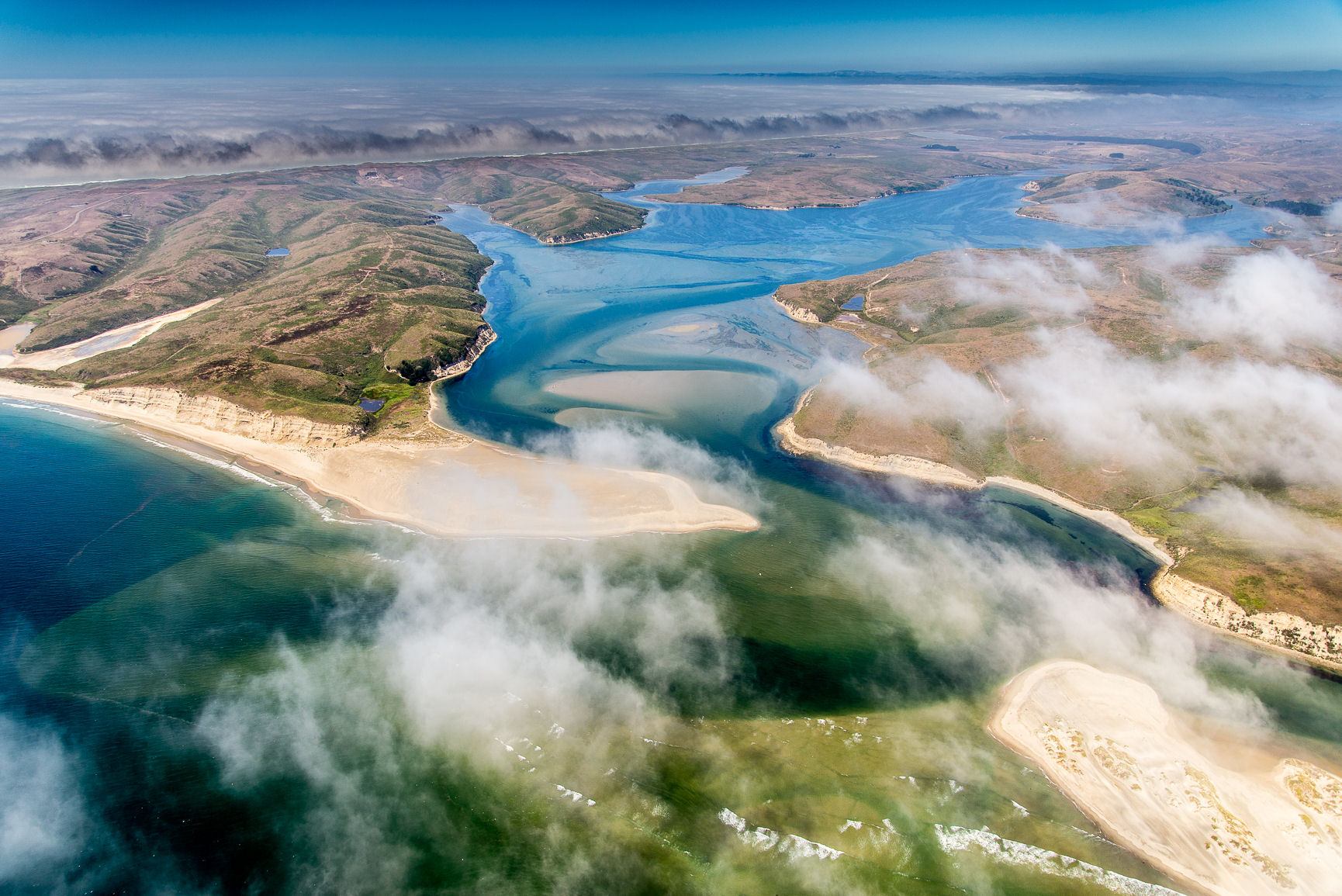NASA Data Helps International Community Prepare for Sea Level Rise
The information will help people who live in coastal areas prepare for impacts caused by rising sea levels. Earth’s ocean is rising, disrupting livelihoods and infrastructure in coastal communities around the world. Agencies and organizations are working to prepare people as their world changes around them, and NASA information is helping these efforts. The agency’s […]

4 min read
Preparations for Next Moonwalk Simulations Underway (and Underwater)
The information will help people who live in coastal areas prepare for impacts caused by rising sea levels.
Earth’s ocean is rising, disrupting livelihoods and infrastructure in coastal communities around the world. Agencies and organizations are working to prepare people as their world changes around them, and NASA information is helping these efforts.
The agency’s global data is now available in the sea level section of the Earth Information Center. NASA developed the global sea level change website in collaboration with the U.S. Department of Defense, the World Bank, the U.S. Department of State, and the United Nations Development Programme.
The site includes information on projected sea level rise through the year 2150 for coastlines around the world, as well as estimates of how much flooding a coastal community or region can expect to see in the next 30 years. The projections come from data collected by NASA and its partners and from computer models of ice sheets and the ocean, as well as the latest sea level assessment from the Intergovernmental Panel on Climate Change, and other sources.
“NASA innovates for the benefit of humanity. Our cutting-edge instruments and data-driven information tools help communities and organizations respond to natural hazards and extreme weather, and inform critical coastal infrastructure planning decisions,” said Karen St. Germain, director of the Earth science division at NASA Headquarters in Washington.
Information to Action
International organizations such as the World Bank will use the data from the global sea level change site for tasks including the creation of Climate Risk Profiles for countries especially vulnerable to sea level rise.
The Defense Department will continue to incorporate sea level rise data into its plans to anticipate and respond to hazards posed to its facilities by the effects of rising oceans. Similarly, the State Department uses the information for activities ranging from disaster preparedness to long-term adaptation planning to supporting partners around the world in related efforts.
“We are at a moment of truth in our fight against the climate crisis. The science is unequivocal and must serve as the bedrock upon which decision-making is built. With many communities around the world already facing severe impacts from sea-level rise, this new resource provides a vital tool to help them protect lives and livelihoods. It also illustrates what is at stake between a 1.5-degree-Celsius world and a current-policies trajectory for all coastal communities worldwide,” said Assistant Secretary-General Selwin Hart, special adviser to the United Nations secretary-general on climate action and just transition.
Rising Faster
NASA-led data analyses have revealed that between 1970 and 2023, 96% of countries with coastlines have experienced sea level rise. The rate of that global rise has also accelerated, more than doubling from 0.08 inches (0.21 centimeters) per year in 1993 to about 0.18 inches (0.45 centimeters) per year in 2023.
As the rate of sea level rise increases, millions of people could face the related effects sooner than previously projected, including larger storm surges, more saltwater intrusion into groundwater, and additional high-tide flood days — also known as nuisance floods or sunny day floods.
“This new platform shows the timing of future floods and the magnitude of rising waters in all coastal countries worldwide, connecting science and physics to impacts on people’s livelihoods and safety,” said Nadya Vinogradova Shiffer, director of the ocean physics program at NASA Headquarters in Washington.
Data released earlier this year found that Pacific Island nations will experience at least 6 inches (15 centimeters) of sea level rise in the next 30 years. The number of high-tide flood days will increase by an order of magnitude for nearly all Pacific Island nations by the 2050s.
“The data is clear: Sea levels are rising around the world, and they’re rising faster and faster,” said Ben Hamlington, a sea level researcher at NASA’s Jet Propulsion Laboratory in Southern California and head of the agency’s sea level change science team. “Having the best information to make decisions about how to plan for rising seas is more crucial than ever.”
To explore the global sea level change site:
News Media Contacts
Karen Fox / Elizabeth Vlock
NASA Headquarters, Washington
202-358-1600
karen.c.fox@nasa.gov / elizabeth.a.vlock@nasa.gov
Jane J. Lee / Andrew Wang
Jet Propulsion Laboratory, Pasadena, Calif.
818-354-0307 / 626-379-6874
jane.j.lee@jpl.nasa.gov / andrew.wang@jpl.nasa.gov
2024-158
Share
Details
Related Terms
What's Your Reaction?

















































